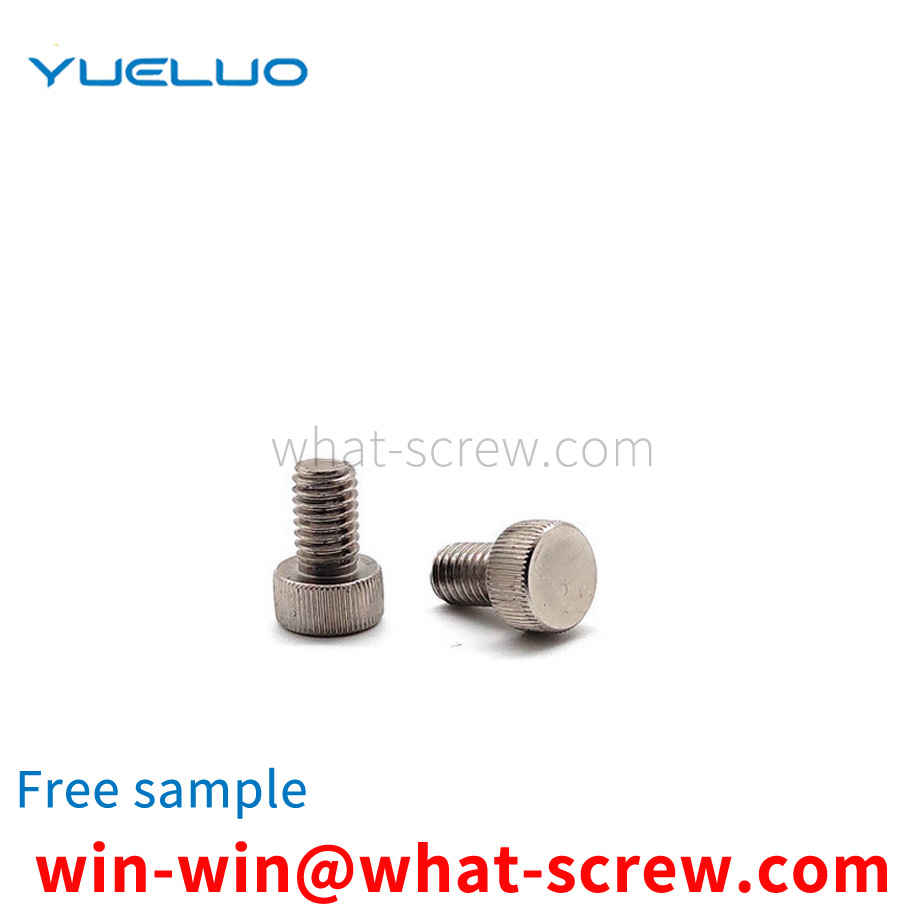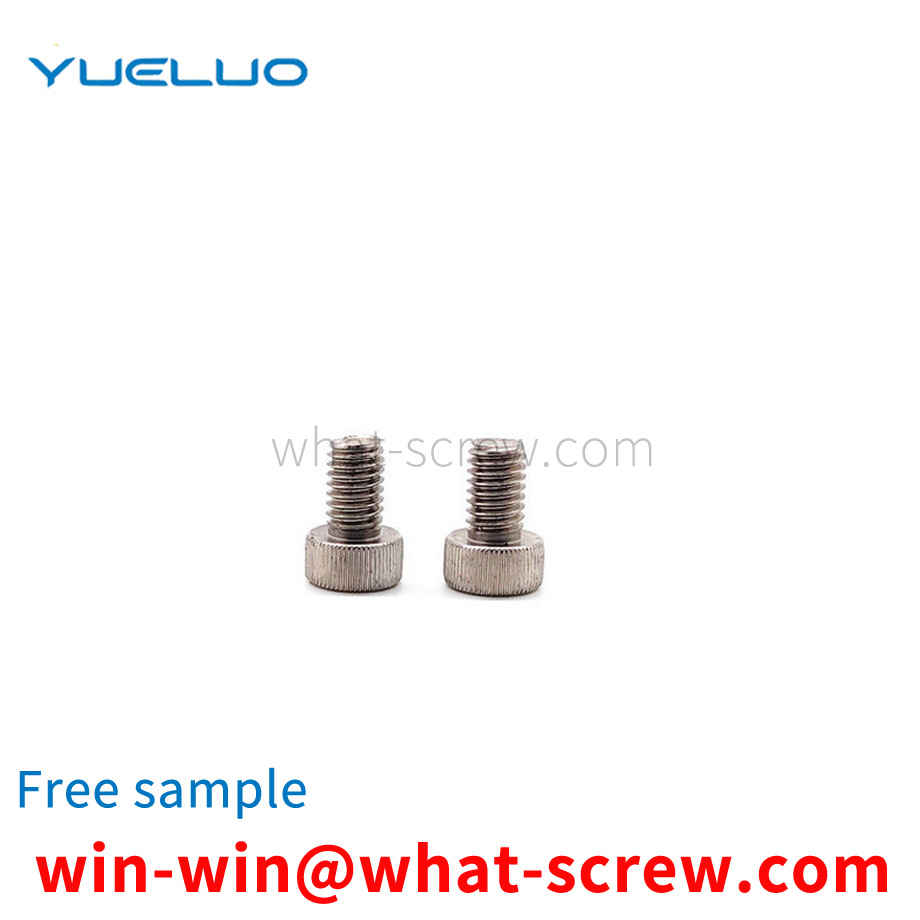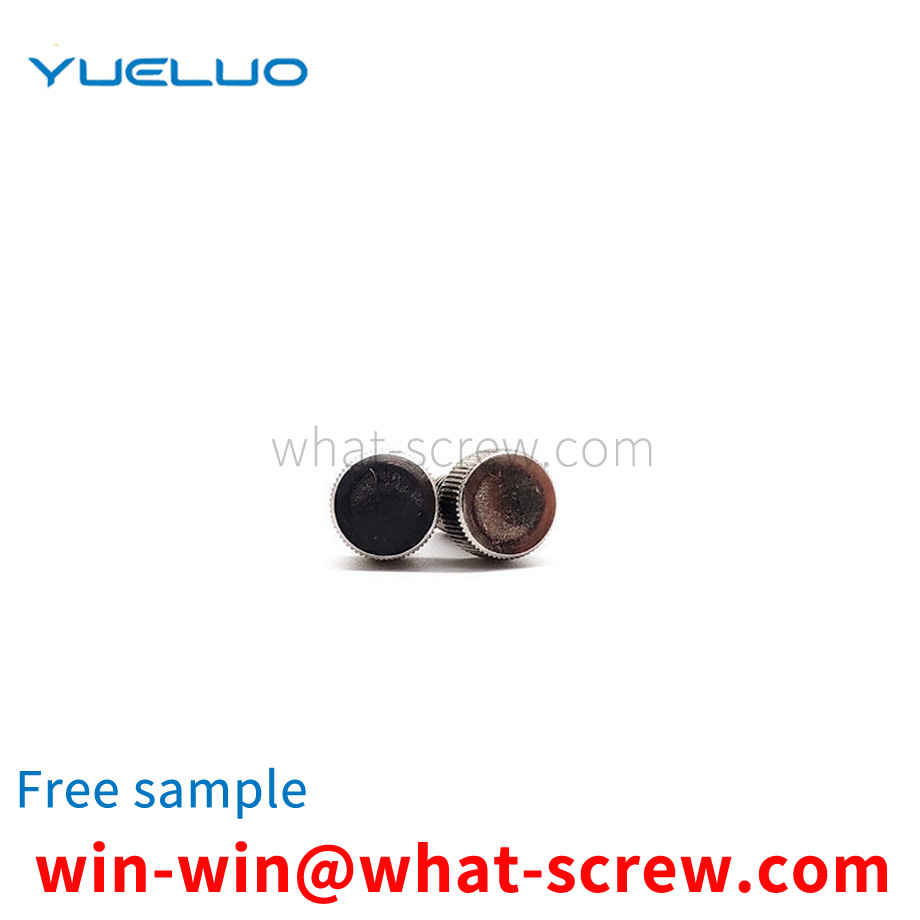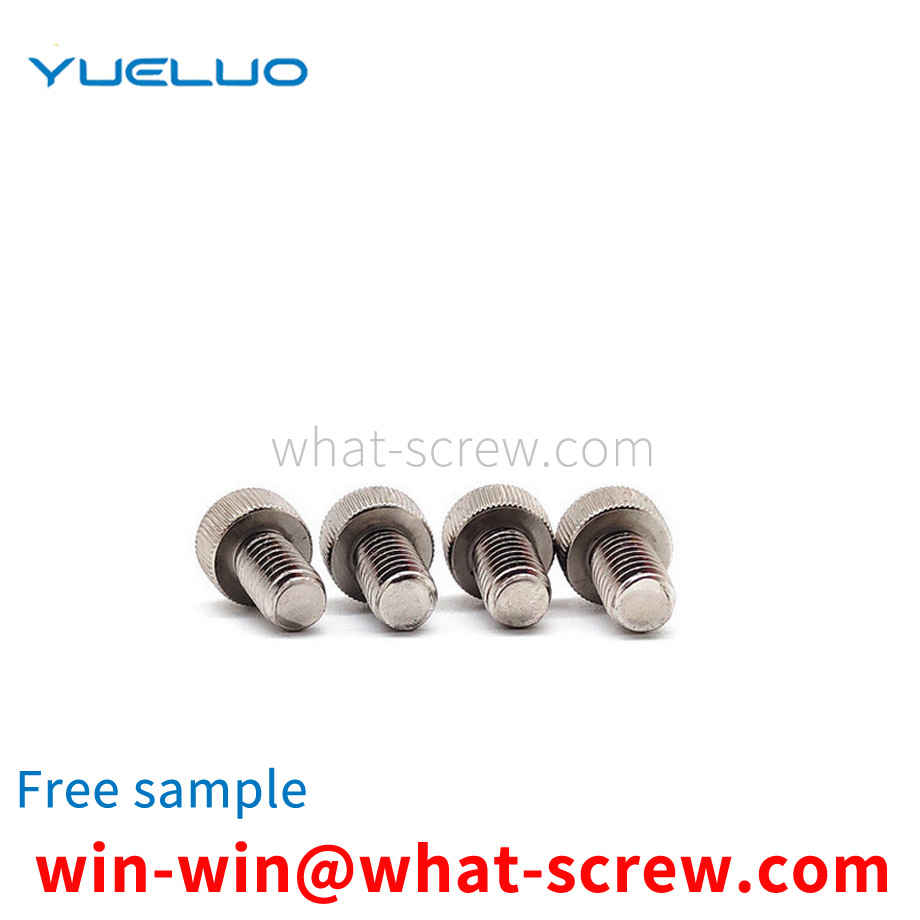What is the tolerance range of precision screws?
What is the tolerance range of precision screws?
Service Hotline
+86760-8787 8587We have more than ten years of production experience in the screw industry. The main products are: T10 Torx screws, equipment fastening screws, round monitoring copper posts, insulating copper posts, hexagonal strip nuts, precision anti-loosening round nuts, blue and white zinc carbon steel Nut, 304 stainless steel pin, hexagonal welding point nut, main board isolation column, extra-long screw half-tooth hex bolt and nut, industry nut, high-strength gasket, carbon steel galvanized step hexagon nut, ultra-thin metal flat gasket, etc. Firmware, due to different product materials and specifications, the price is also different, please contact us if necessary.


The rivet nut is a kind of nut applied to thin plate or sheet metal. The principle is to press the embossed teeth into the preset holes of the sheet metal. Generally, the diameter of the square preset holes is slightly smaller than the embossed teeth of the pressure riveting nut. The periphery of the hole is plastically deformed, and the deformed object is squeezed into the guide groove, thereby producing a locking effect. The pressure riveting nut is divided into free-cutting steel pressure riveting nut S type, stainless steel pressure riveting nut type CLS, stainless iron pressure riveting nut SP type and copper and aluminum pressure riveting nut CLA type, which should be used in different environments. . Generally speaking, the national standard domestic products without rivet nuts from M2 to M12 are PEM specifications, which are usually produced in chassis cabinets and sheet metal industries.

⑥ Surface Treatment Zn: White Zinc C: Color Zinc B: Blue Zinc F: Black Zinc O: Black Oxide Ni: Nickel Cu: Bronze Br: Red Copper P: Phosphating


However, although the existing screws can meet the function of connecting and fastening objects, they are all pressed against the object by the head to achieve the purpose of pressing and fixing. However, due to the small size of the head, it is difficult to press the object firmly. , for this reason, only spacers can be added to increase the pressing area. However, in the assembly process, the gasket is prone to slip off, and it needs to be supported by hand, which brings inconvenience to installation and use; at the same time, sometimes the object to be pressed is only on one side of the screw, and the other side of the screw does not need to be pressed. This results in unnecessary waste of materials, and also occupies a certain space, which brings trouble to the installation of other components.

Yueluo relates to a self-tapping screw according to the preamble of claim 1. A self-tapping screw is known from EP0623759B1, the ratio of the outer diameter to the smaller diameter of the self-tapping screw is about 1.25-1.5, the ratio of the outer diameter to the pitch lead is about 1.5-1.6 and the thread The flank angles of , are < 50° and ≥ 35°. EP0433484B1 proposes a self-tapping screw whose thread is provided with cutting teeth of approximately arcuate design, and the cutting edge and the thread crest are at the same horizontal position and are set in opposite directions. One purpose of Yueluo is to realize a general type of self-tapping screw so that it can be screwed particularly easily into holes drilled in concrete or other materials such as bricks and the like. According to Yueluo, this object is achieved by the features in the characterizing part of claim 1, and surprisingly, it has been found that the parallel arrangement of the flanks, ie with a flank angle of about 0°, will make screwing particularly easy when screwing in , especially if the diameter of the hole varies within an allowable tolerance. One reason may be due to the fact that there is no lateral pressure on the material screwed into the thread, even if threads of different depths are cut in concrete or other materials such as brick, chipped plywood, or hardwood. The thread cuts into the material over its entire width by cutting grooves. In particular according to the embodiment of claim 13 the material cut out when screwing in the screw can be discharged without any accumulation, the dependent claims reflecting many advantages of further embodiments.

The above content is uploaded by Yueluo or the Internet. If there is any copyright issue, please contact [email protected].

What is the tolerance range of precision screws?

How to choose the right stainless steel screw manufacturer?

Why is there an R angle under the head of the hexagon head s...

We have more than ten years of production experience in the ...

We have more than ten years of experience in the production ...

We have more than ten years of experience in the production ...

We have more than ten years of experience in screw industry ...